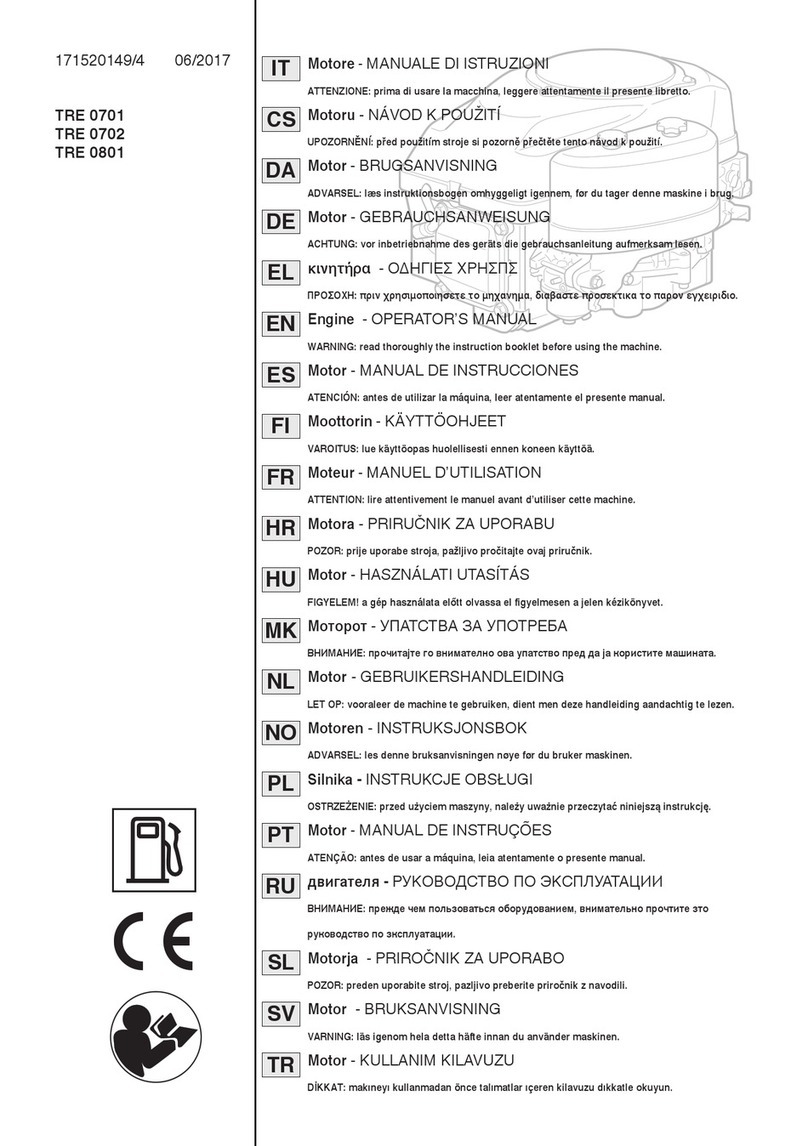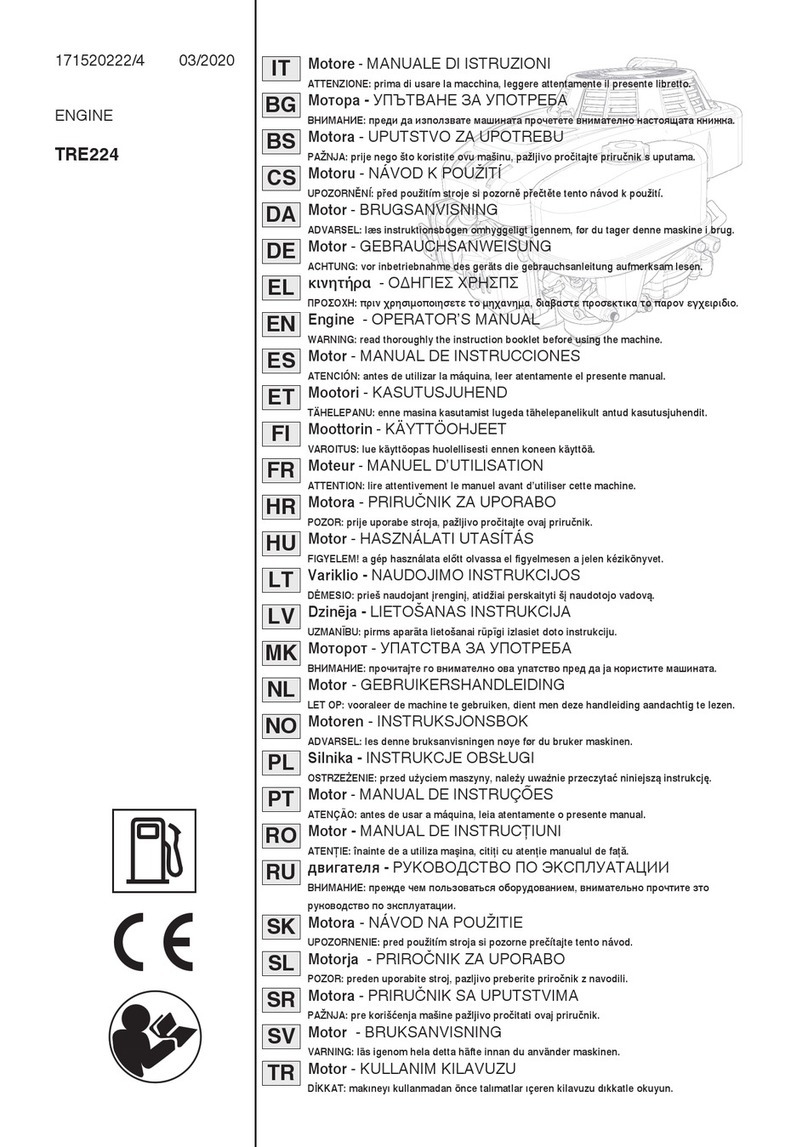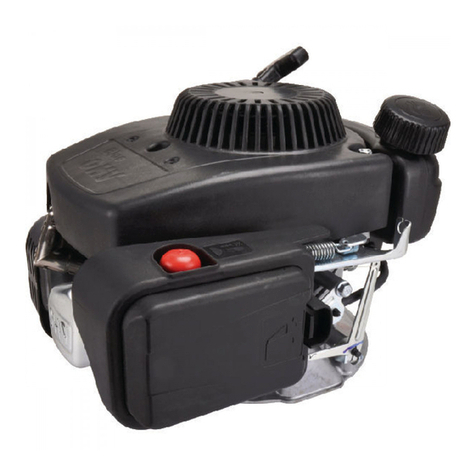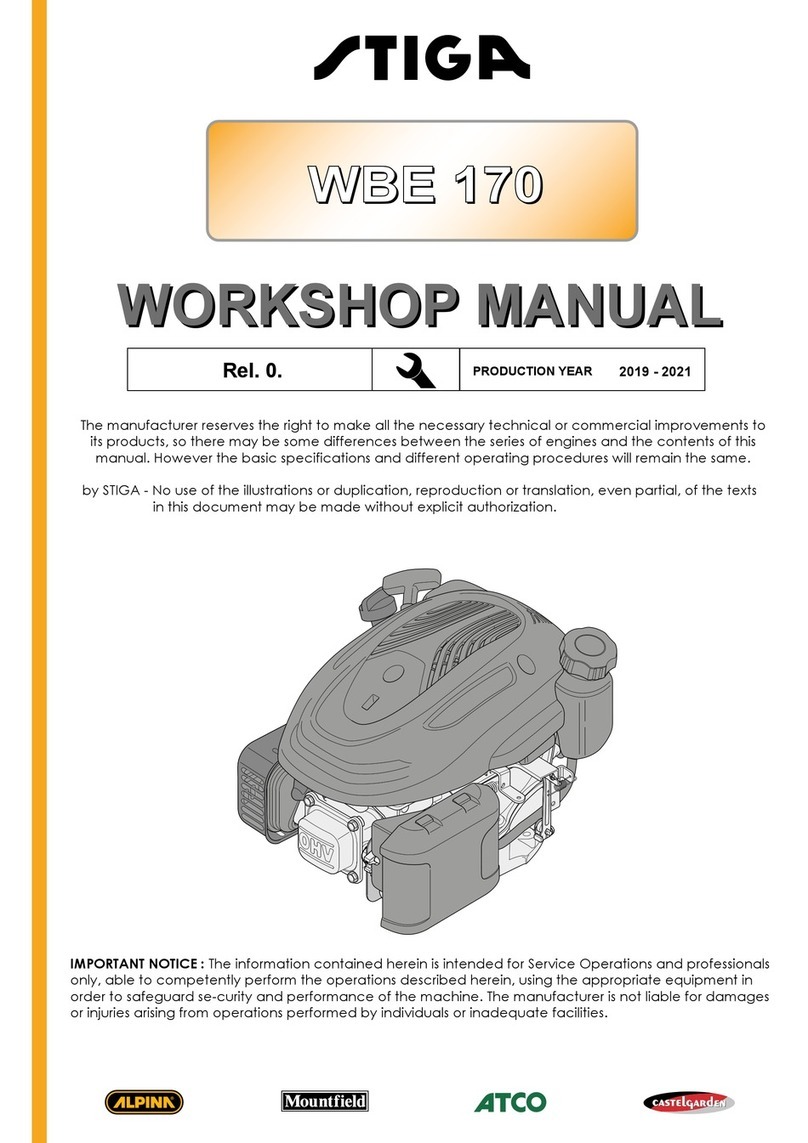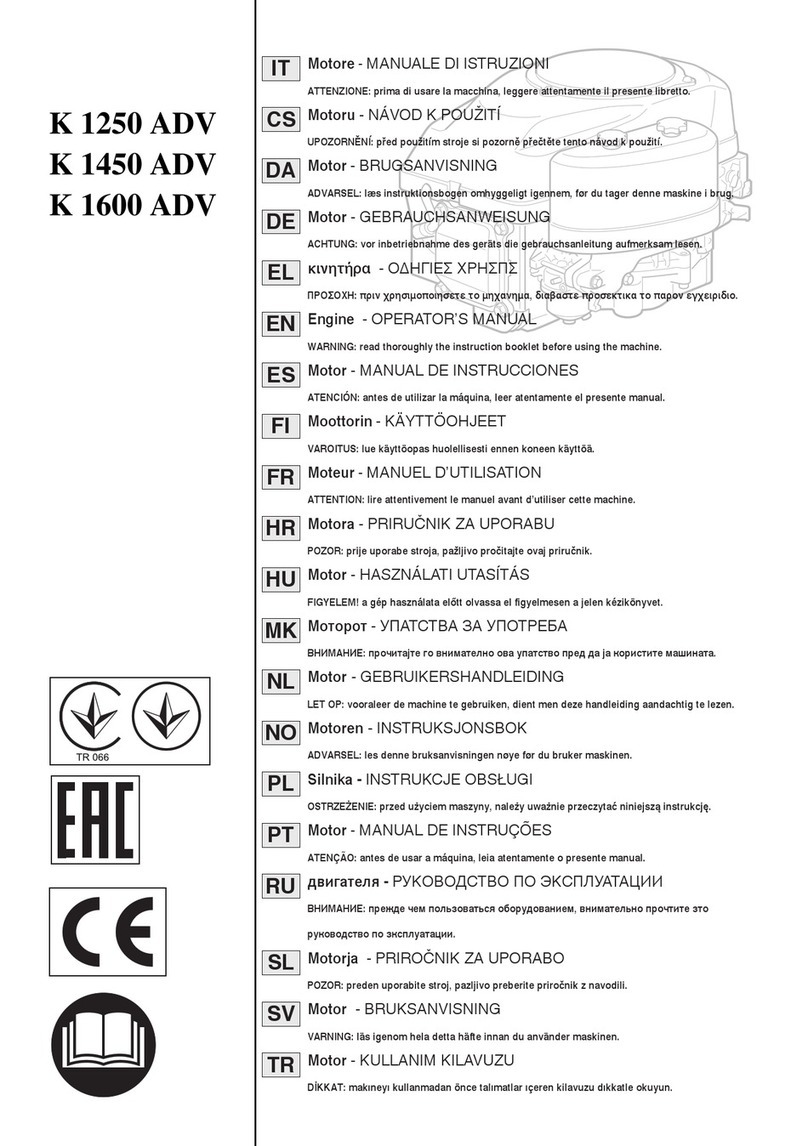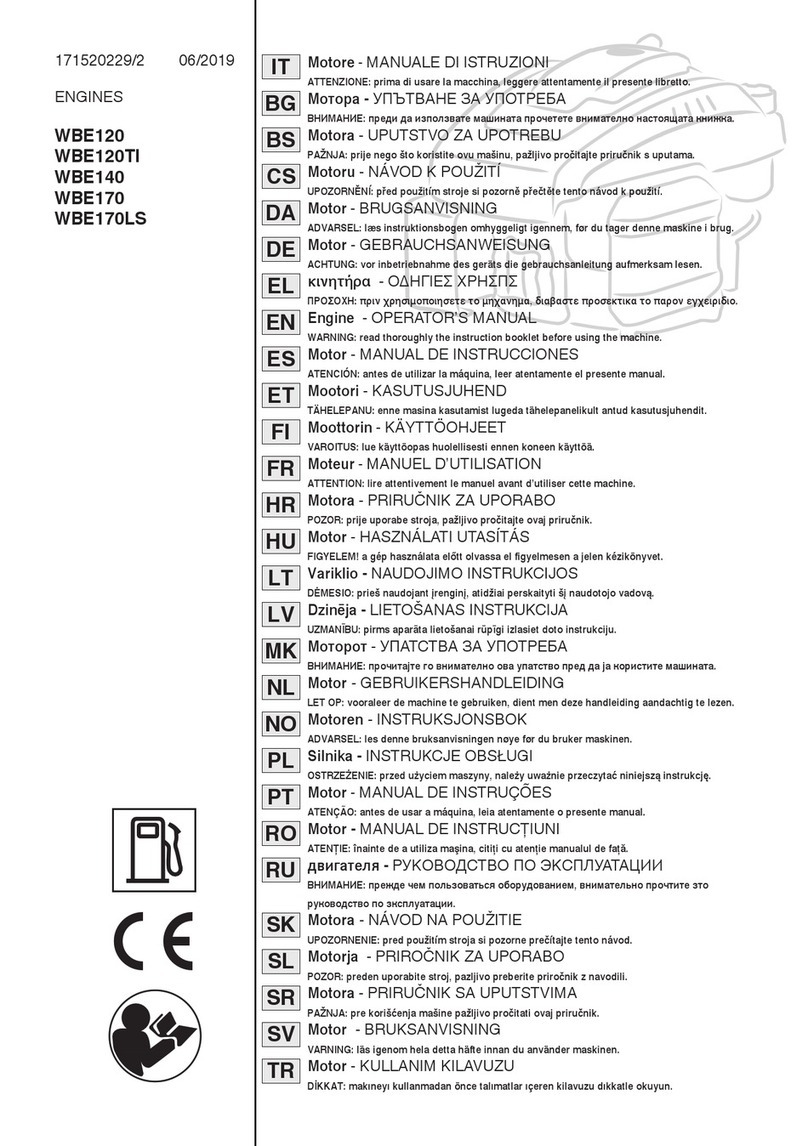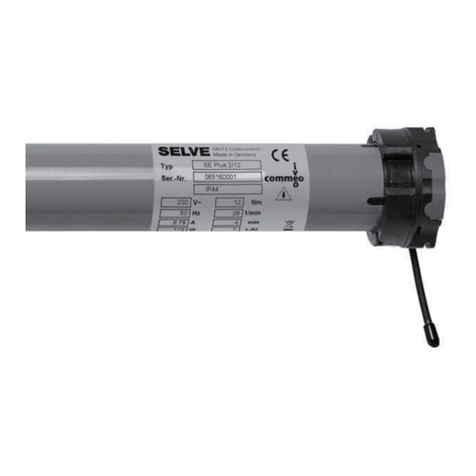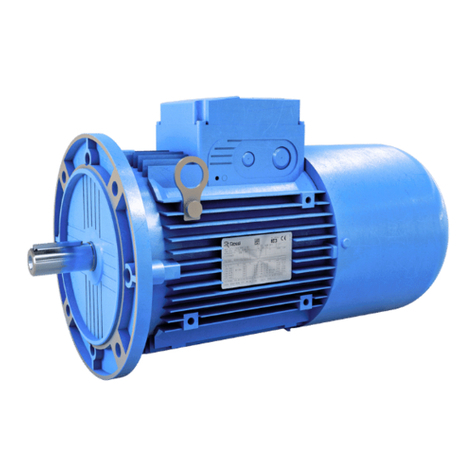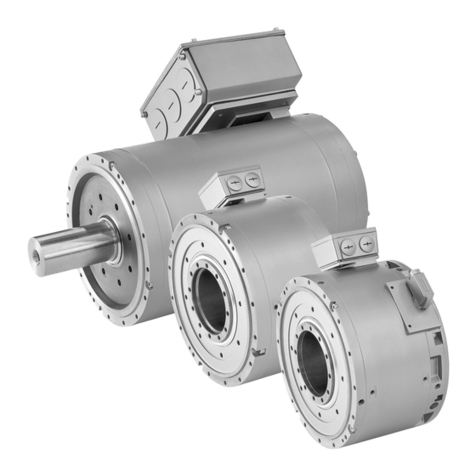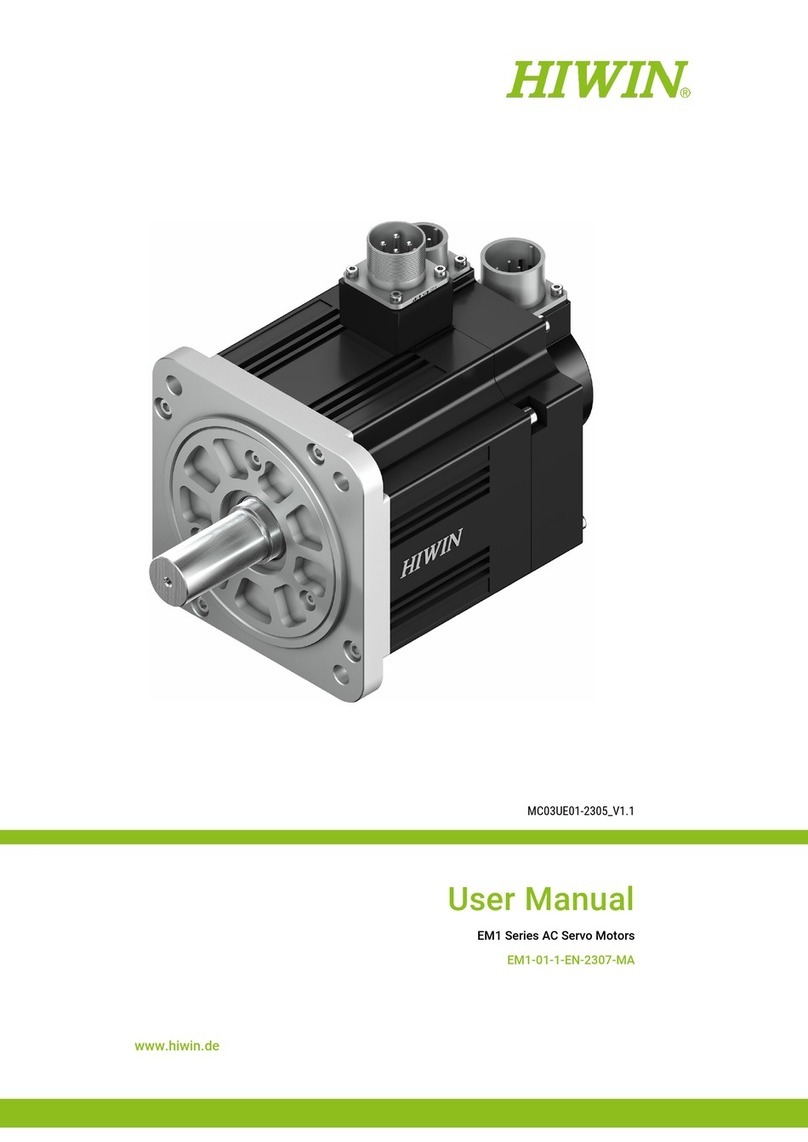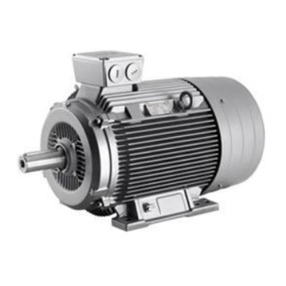
Release 00 - 03/2018
Engine TRE 224
page 7
2. GENERAL AND SAFETY REGULATIONS
IMPORTANT: Before commencing with any
intervention, carefully read the information
provided in the present manual, in particular
the following safety regulations.
2.1. Qualicationofoperators
All maintenance, disassembly and repairs must be
carried out by expert mechanics who are familiar
with all the accident prevention and safety regu-
lations after reading through the procedures in this
manual.
2.2. Safety measures
All the engines are built in conformity with the Eu-
ropean safety regulations in force.
To maintain initial safety levels in the long term, the
Service Centre should take proactive measures by
making checks whenever possible.
Every time you are asked to service the engine (or
the lawnmower on which it is installed), you should:
• check:
- that the safety devices function correctly;
- that the casings and protection covers have not
been removed;
- thatthenameplatesorspecicationlabelshave
not been removed or made illegible, (as they
formanintegralpartofthesafetydevices).
• also:
- restoretoproperworkingorderanysafetydevi-
ceswhichhavebeenmanipulatedorremoved;
- replace ineffective, damaged or missing guards
and covers;
- replace illegible labels;
- donotcarryoutoperationsormodicationson
thelawnmowerorontheenginethatcouldaf-
fect their performance or lead to an improper or
differentusefromtheoneforwhichithasbeen
designed and approved;
- warnthecustomerthatthefailuretocomplywith
theabovepointsautomaticallyvoidsthewar-
ranty and the responsibility of the manufacturer.
2.3. Precautions during servicing
As well as following the usual accident prevention
regulations that apply to most repair shops, we
recommend you:
- disconnect the spark plug cap before servicing;
- protect hands with suitable working gloves,
especiallywhenworkingnearthecuttingunit;
- check that you do not cause accidental petrol
leaks or other losses;
- donotsmokewhenworkingonthetankorwhen
handling petrol;
- do not inhale oil or petrol fumes;
- clean up all traces of spilt petrol immediately;
- testtheengineinawell-ventilatedenvironment
orwherethereareadequateexhaustfumeex-
traction systems;
- donotpollutetheenvironmentwithoil,petrolor
otherwasteanddisposeofallwasteinaccor-
dancewiththelawsinforce;
Exhaust gas contains carbon monoxide,
which is highly toxic, odourless and co-
lourless. Avoid inhaling.
- performtestsontheengineinawell-ventilated
environment or in the presence of adequate
exhaust gas extraction systems.


